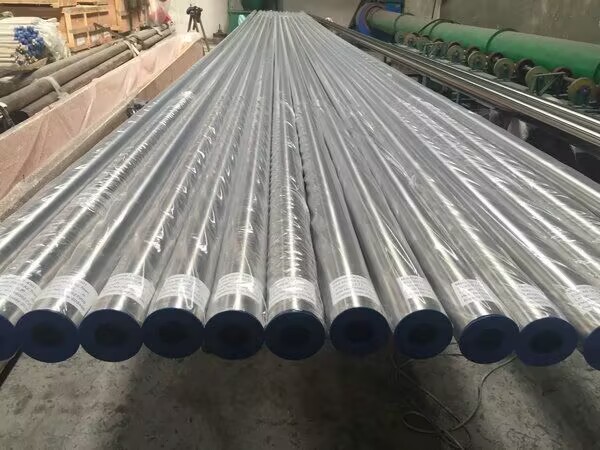Seamless steel pipe is an indispensable material for urban construction and pipeline transportation, with light weight, high temperature resistance, impact resistance and other performance characteristics. There are many kinds of seamless pipe, each kind in hardness and performance have a great difference, and the price of seamless pipe is slightly higher, directly affecting the construction cost, in order to long-term development, the need for seamless pipe testing, the purpose is to improve the process to reduce the cost.
So, what is the detection scope of seamless pipe, and what are the detection items? This article will introduce the method of detecting the performance of seamless pipe in detail.

Scope of seamless pipe inspection:
Tunnel seamless steel pipe, galvanized seamless steel pipe, cold drawn seamless steel pipe, stainless steel seamless steel pipe, hot rolled seamless steel pipe, alloy seamless steel pipe, hot rolled seamless steel pipe, large diameter wall thickness seamless steel pipe, continuous rolled seamless steel pipe and so on.
The methods for detecting seamless pipes mainly include the following categories:
1. Mechanical properties test
Tensile test: measuring the tensile strength, yield strength and elongation of the steel pipe, evaluating the deformation and fracture behavior of the material under stress.
Impact test (Charpy/V-notch) : Evaluate the toughness of steel pipes at low temperatures or high stresses and test their ability to resist brittle fracture.
Hardness test: Determine the hardness and wear resistance of the material through Brinell, Rockwell or Vickers hardness test.
Bending and flattening test: test the deformation resistance of steel pipes under bending or pressure and the reliability of welded joints.
2. Size and appearance inspection
Dimensional measurement: Use calipers, vernier calipers and automatic inspection equipment to ensure that the outer diameter, inner diameter and wall thickness meet design tolerances.
Appearance inspection: Visual inspection and magnifying glass to check the surface of the steel pipe for cracks, scratches, bumps or other defects.
3. Non-destructive Testing (NDT)
Ultrasonic inspection (UT) : The use of ultrasonic waves to penetrate materials to detect internal defects such as cracks and inclusions.
X-ray inspection (RT) : X-ray or gamma ray inspection of internal defects and weld quality of steel pipes.
Magnetic particle inspection (MT) : Suitable for detecting defects on and near the surface of magnetic materials.
Eddy current inspection (ET) : The eddy current principle is used to detect cracks or corrosion on and near surfaces.
Liquid Penetration testing (PT) : Suitable for detecting tiny cracks on the surface of non-porous materials.
4. Chemical composition and microstructure analysis
Chemical composition analysis: spectral analysis, chemical analysis or photoemission methods are used to ensure that the steel composition meets the relevant standards.
Metallographic analysis: Using optical microscope or scanning electron microscope to observe the microstructure of the steel pipe, analyze the grain structure, phase composition and defects.
5. Hydraulic test
A hydraulic test is carried out on the steel pipe to verify its ability to withstand internal pressure and ensure no leakage or permanent deformation in actual working conditions.
Through these testing methods, the comprehensive performance of seamless steel pipe in mechanical properties, chemical composition, structural integrity and corrosion resistance can be comprehensively evaluated to ensure that the product meets the design and use requirements.
